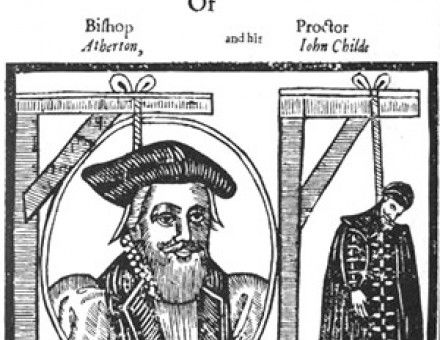First World War: When Enemies United
Before the First World War, Irish Unionists and Nationalists were poised to fight each other over the imposition of Home Rule by the British. Then, remarkably, they fought and died side by side, writes Richard S. Grayson.




